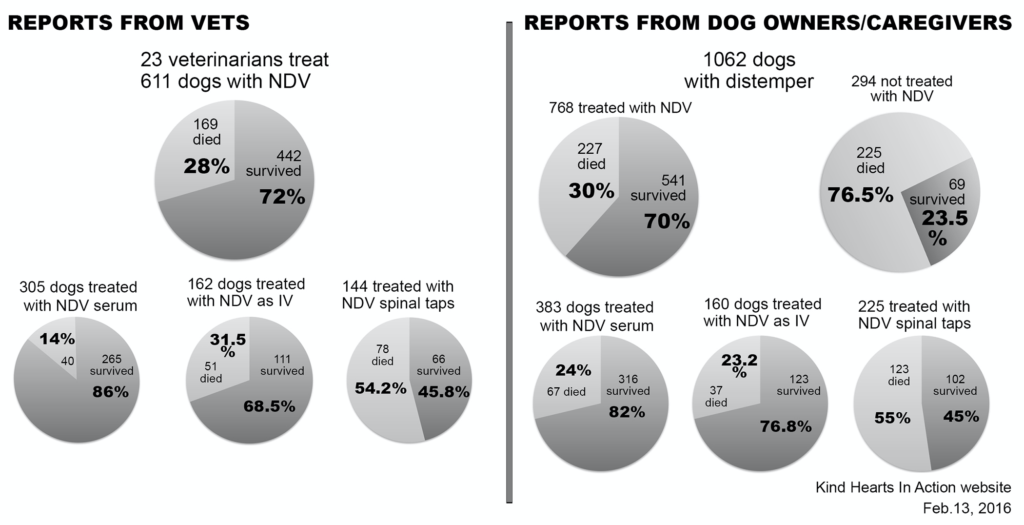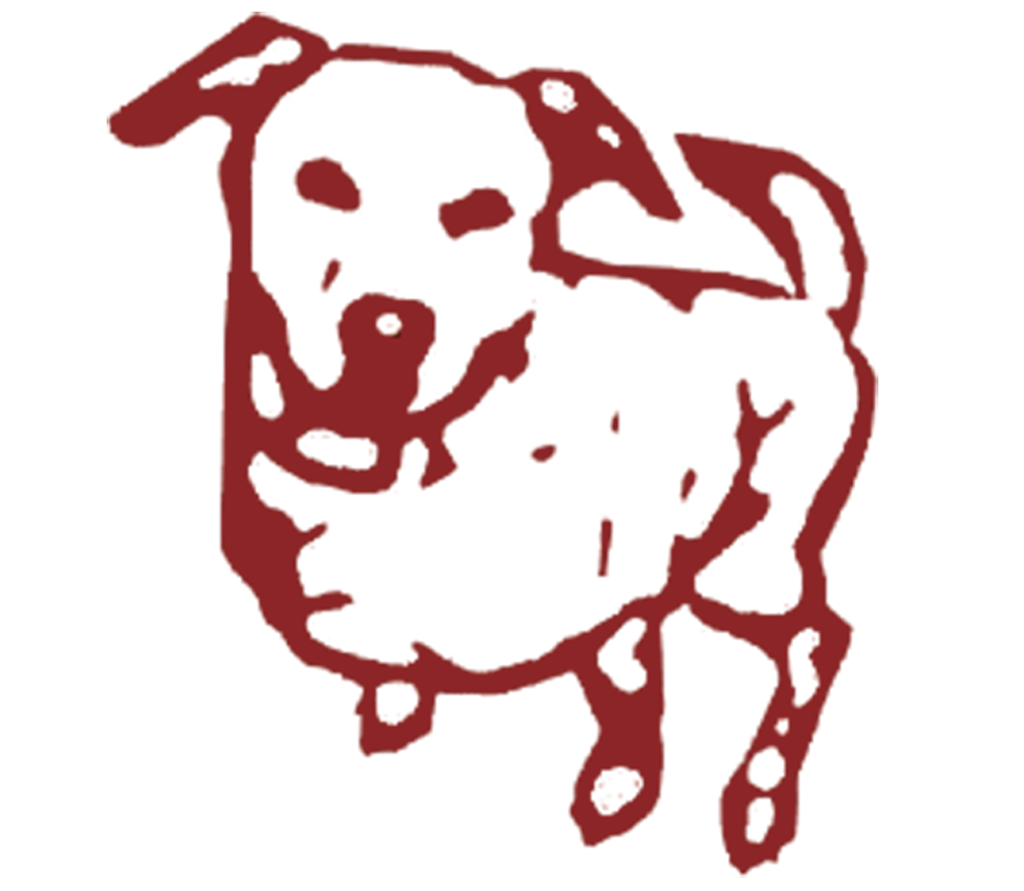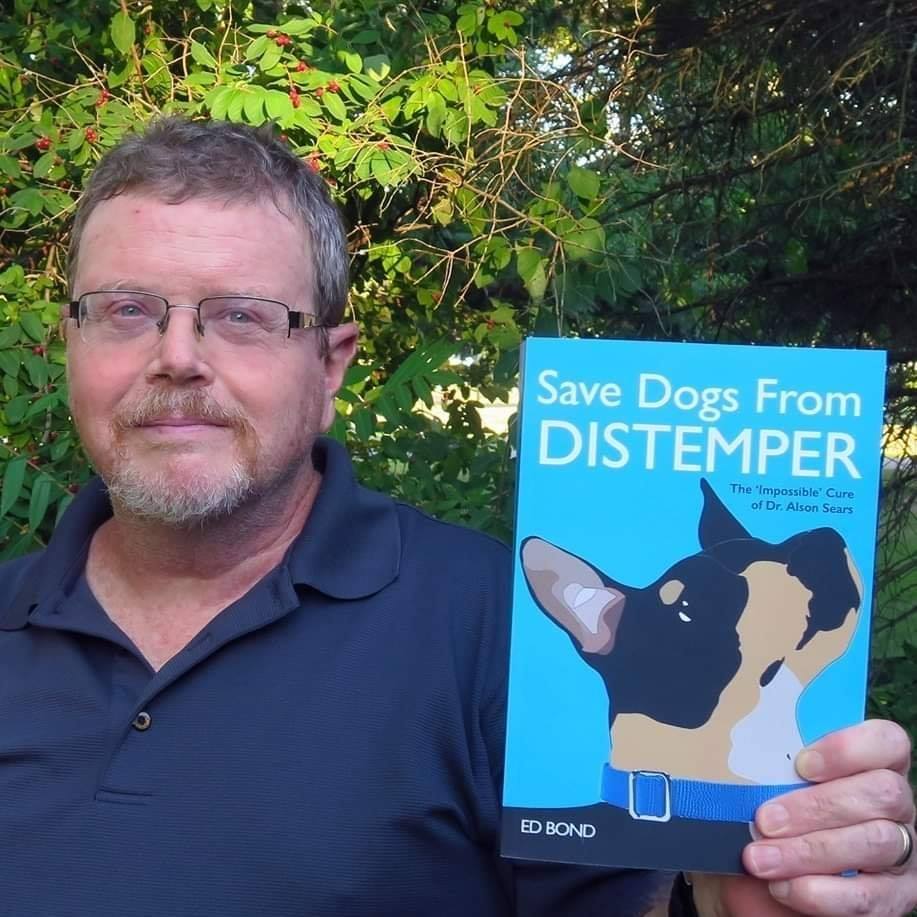For anyone who has every worked in journalism, publishing a book has to be near the top of their bucket list. Last month, I crossed that task off my list nine years after I started.
This began with a simple goal: to tell the story of Dr. Alson Sears and his treatments for canine distemper. At first, I planned on writing a column for the L.A. Times. Then my plan expanded to be a possible feature story. The problem, then as now, was that Dr. Sears had not published or properly documented his treatments. So, it was already an uphill battle to get this into the newspaper. When I left the Times to go into teaching in 1997, that opportunity to tell the world disappeared.
The story was resurrected again when I found my notes and the draft of the original story, which I posted to my website — edbond.com — in 2000. But I did not see it as my job to promote or campaign for Dr. Sears’ treatments. I knew enough about the world of science to know I would be ill-equipped to fight that battle and I had little interest.
In 2006, Dr. Sears retired and my dog who he had saved in 1997 died of liver trouble. It seemed very likely his treatments would be completely forgotten.
However, posting that first story to my website opened a Pandora’s box that could not be closed. The story became a cause, and it slowly dawned on me that I could no longer stay uninvolved. I needed to fight for this cause because I was in a unique position to do so.
The turning point came in 2008 when a woman in Romania tracked me down and begged me to let her vet use the protocols from Dr. Sears that I had posted to edbond.com. When she contacted me a few months later to say his NDV-induced serum had already saved at least five dogs, the light bulb went on for me.
I knew that in science results have to be repeatable. A vet on the other side of the world had taken Dr. Sears’ protocols, used them and had a similar outcome. All that was needed was for other vets around the world to make the serum and save dogs from distemper.
But I was not a vet or a scientist and had no standing in the veterinary community. No power on Earth could compel a veterinarian or a university professor to listen to what I had to say.
So, the request went out into the world, asking the owners of dogs with distemper to take these protocols to their vets, request that they be used and then send me before/after videos and photos, documents and their personal accounts of how the treatment went. Although not scientific — considered to be anecdotal — these stories now fill this website.
From 2008 until February 2016, I kept a running tally on this website of outcomes of cased I received.

We made other attempts to send this story into the world. In 2009, I flew to Houston to record Dr. Sears as he went through his discoveries and treatments blow for blow. Working with the Rescue Ranch Animal Sanctuary in Texas, we released a DVD of this lecture, which eventually went up on YouTube.
At the end of 2010/early 2011, Dr. Sears and I began talking about the book he had been writing. He asked me to edit it and sent me what he had. It needed a lot more than an edit. I realized he was better suited to telling his story rather than writing it.
So I proposed he tell me everything about his life, career and his treatments in a series of phone interviews. My intent was just to produce a work with only his words, telling his story. But by then it was impossible to separate his story from my own. We eventually became co-authors.
But as Dr. Sears reached his late 70s, he and his wife Ruth told me that he could no longer be co-author. I told him I did not want to push him off his own book.
“Ed, that’s very gracious,” Al said. But they explained I did need to take over completely. “This is your book,” Ruth said.
The book took nine years to write. This is because I was also actively promoting his treatments all over the world and I did not know how the story was going to end. My efforts included my own attempts to document the effectiveness of the treatment by working with a vet clinic in Virginia and working with a professor at Kansas State who studied Dr. Sears’ NDV spinal tap.
I shelved my own attempt to document the treatment because it seemed my efforts were redundant. University professors were finally taking a serious look at Dr. Sears.
However, despite some early promising cases, Dr. Ken Harkin concluded that the NDV spinal tap — for dogs in the neurologic stage of the distemper — was not beneficial. He did say that people often do give up on these dogs too easily. Many dogs can survive if given enough nursing case to get through the first few months after a distemper attack.
Another professor who apparently had been studying Dr. Sears’ NDV serum for dogs in the pre-neurologic stage of the disease just simply went silent, stopped answering emails and never published his results.
More about these efforts to document the treatments
It was not until 2016 that it became clear that the treatments would not be advancing any further and I finally could finish the book. After the first draft was completed in 2017, I began circulating the manuscript to everyone involved in the story. It took three years before I heard back from everyone and I was satisfied that I had pursued every angle I could.
As I finished, I did receive a bit of extra hope. I heard from veterinary students in Europe — one of which was the woman who had inspired me to start this campaign in 2008 — that they were actively pursuing research into these treatments and planned to get their work published.
I was also grateful that in July 2020 and at the age of 84, Dr. Sears read the final proof before the manuscript was published to Amazon. “Congratulations on a job well done,” Dr. Sears wrote in his last batch of notes before publication.
“You have no idea what the book means to Al,” Ruth wrote in a note to me. “To have his ideas in print meant so much to him.”
So, here are some of the conclusions in the book, now that this part of the adventure has ended:
“I offer a prediction. If his NDV-serum treatment for dogs in the pre-neurologic stage of canine distemper could be put to the test by approved scientific methods, they would dramatically outperform the survival rates of traditional veterinary medicine. The result would be faster recoveries, fewer cases reaching the neurologic stage, a decrease in long-term symptoms and more distemper dogs surviving.
“Unfortunately, neither Dr. Sears nor myself have the means to test this hypothesis. He is a retired veterinary clinician who did not get the guidance he needed to present this properly during his career, and I am just an average guy with a computer. You may also learn something about the challenges the veterinary community must overcome to defeat this disease. The first challenge is to realize that distemper has not been defeated….
“… It is now time for ‘Save Dogs From Distemper III,’ a concerted effort to test the contending treatments that are now emerging to determine which offers the best benefits and chance of survival for distemper dogs. The message has to get out that distemper does not have to be a death sentence. That’s a fact many are now realizing, but Dr. Alson Sears knew decades ahead of anyone else …
“…Clarifying where we are:
• The NDV spinal tap MIGHT have a benefit in some cases, depending on the type of neurologic problems present. However, the main investigator on this procedure is doubtful.
• The NDV serum or NDV as IV treatment before the onset of neurologic problems MIGHT save the lives of these dogs, but it would take a very large study to establish that and eliminate all the factors. A university researcher has reportedly taken a closer look at the NDV serum but has said nothing publicly and it is unknown whether anything will come of that.
• Despite the development of a distemper vaccine in 1950, dogs continue to get sick and die of distemper. So more work remains to be done …”
Then, I explain in detail how the cause of saving dogs from distemper could be advanced through a new generation of activists who could pick up where I left off. My hope is by giving an honest account of the successes, the failures, the pitfalls and obstacles in the book, others will be better prepared to take this effort across the finish line. So, to help that effort, I have decided that half of the proceeds from the sales of the book will be set aside to support research into the use of NDV to treat dogs with canine distemper.
So, please go check out the book on Amazon. It is available in print as an eBook.
– Ed Bond

